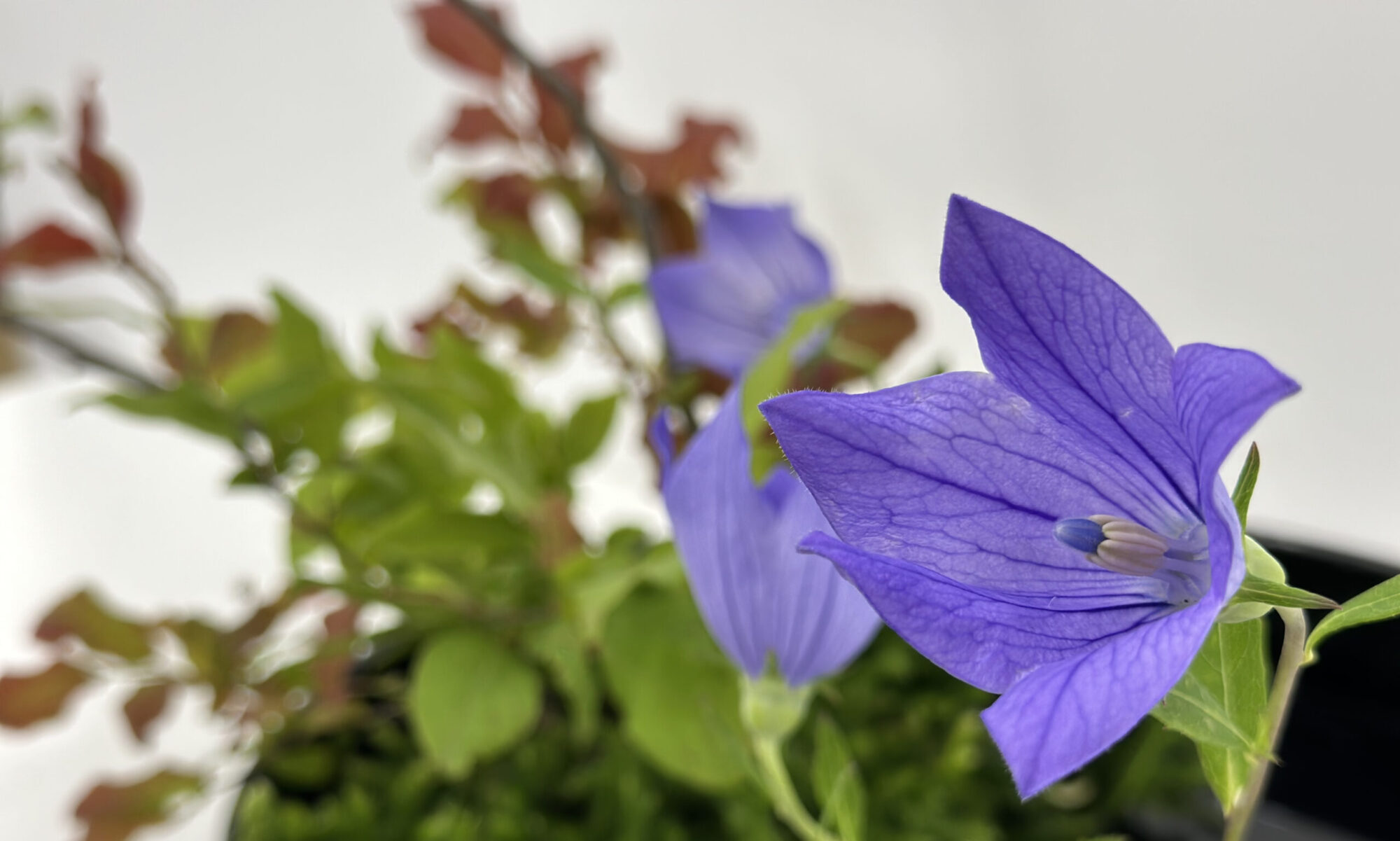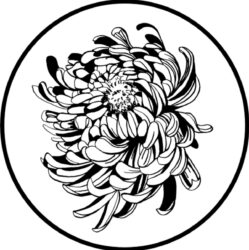The Ohara School of Ikebana of Japan
Originating in 1895 with founder Ohara Unshin (小原雲心) during Japan’s economic opening to the West, the Ohara School of Ikebana established its formal roots in 1912. Unshin’s innovative adaptation of shallow, circular, ceramic vases gave birth to the iconic moribana style. Under the leadership of Koun Ohara and his son Houn, the school thrived, expanding its teachings globally to New York, São Paulo, and beyond, while developing unique styles such as the landscape, rimpa, and bunjin arrangements. Ohara Natsuki’s tenure introduced dynamic styles like hana-mai and Hana-isho. Following Natsuki’s untimely passing, Ohara Wakako bridged the leadership, paving the way for Ohara Hiroki (小原宏貴), the current headmaster since April 2010. With over 125 chapters in Japan and 57 more worldwide, the school continues to celebrate the legacy of Unshin Ohara through artistic innovation and global influence.
Learn more about the Ohara School of Ikebana in Japan HERE.
The Boston Study Group
The Board of Directors of the Ohara School of Ikebana Boston Study Group
- President: Russell Bowers
- Vice-President: Jonette Nagai
- Treasurer: David Wilsey
- Secretary: Paul Verkan
Contact Us
Email us at info@oharaschoolboston.com
Boston Study Group History
2023-January New Board of Directors: Russell Bowers President, Jonette Nagai Vice President, David Wilsey Treasurer, Paul Verkan Secretary.
2012 – Ms Keiko Thayer, the founding president, worked with Headquarters in Japan to establish the Boston Study Group.

1978 – Ms Keiko Thayer began teaching Ohara School of Ikebana in the Boston area.
Keiko Thayer’s unwavering dedication to the Ohara School of Ikebana is a remarkable testament to her commitment. Her journey as an instructor in the Ohara style of ikebana began in Boston in 1978, where she nurtured a small, devoted group of enthusiasts. Over the years, her passion for Ohara ikebana only grew stronger.
Around 2012, Keiko took a significant step by applying for the group to attain official recognition as an Ohara Study Group, demonstrating her deep-rooted commitment to preserving and promoting this exquisite art form.
Keiko Thayer’s connection to Japanese culture in Boston spans over three decades, making her a central figure in the realm of cultural exchange. Her extensive knowledge encompasses the founding and early history of the Japan Society in Boston, where she has been an integral part since 1987, serving on the board.
Furthermore, her enduring dedication and contributions to cultural exchange have been acknowledged by the Society, which honors her late husband, John E. Thayer III, through an annual award. This recognition solidifies Keiko’s legacy as a true ambassador of Japanese culture, firmly embedded in the heart of Boston’s cultural landscape.
Chrysanthemum Logo for Ohara School of Ikebana Boston

The board of directors has chosen the chrysanthemum as our group’s logo. In Japan, the chrysanthemum is a deeply symbolic flower ingrained in the nation’s cultural tapestry, serving as the national flower and imperial emblem, symbolizing imperial power, longevity, and nobility. Revered for its autumnal bloom, it embodies perseverance and immortality and is associated with loyalty and devotion, highlighted in festivals like Chrysanthemum Day. Beyond its aesthetic allure, the chrysanthemum embodies virtues of honesty and integrity, signifying respect for the elderly. With a history intertwined with the imperial family and traditional values, the chrysanthemum holds multifaceted significance, representing not only floral beauty but a profound cultural and symbolic heritage in Japan. Similar to the chrysanthemum’s symbolism, the Ohara School of Ikebana Boston aims to embody these values while promoting Ohara Ryu Ikebana in the New England area. We express our gratitude to artist and family member Naomi Wilsey for transforming our concept into a beautiful reality as the creator of our logo.

